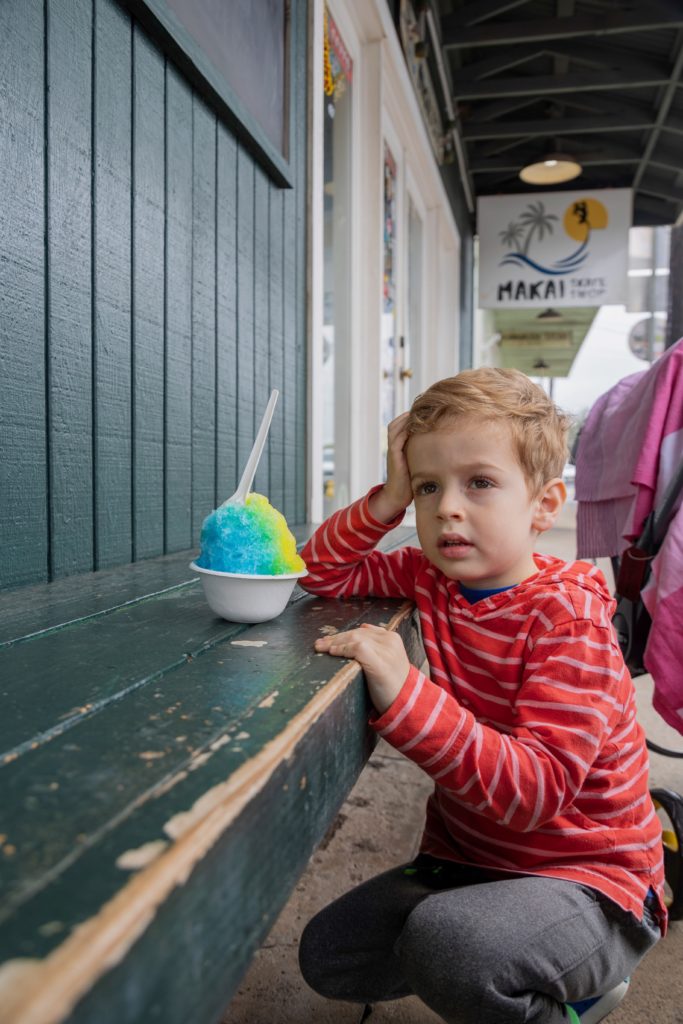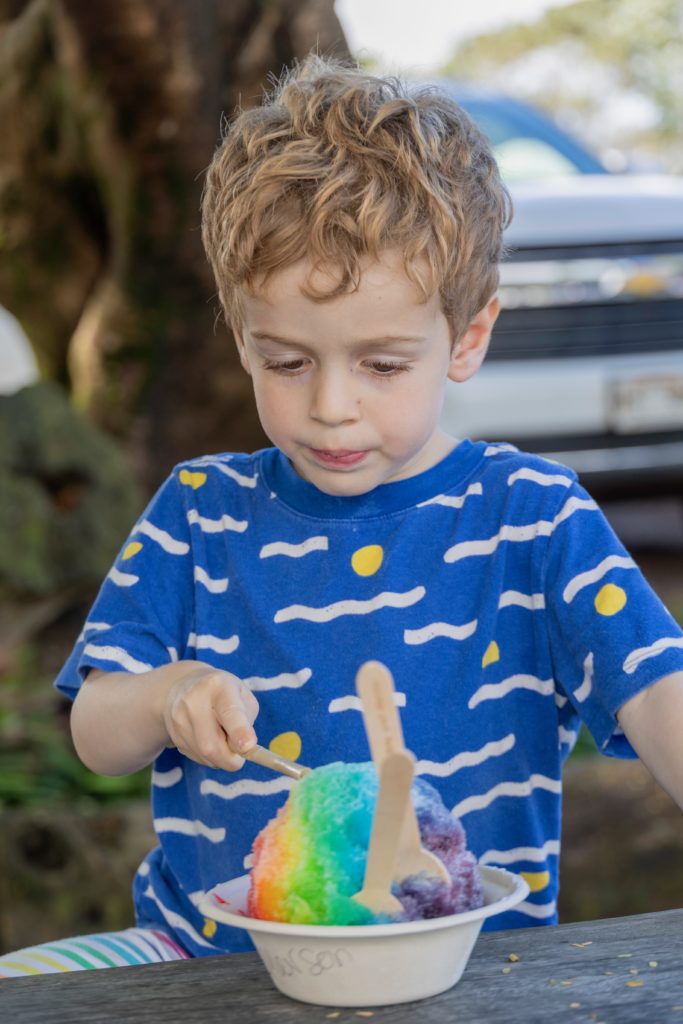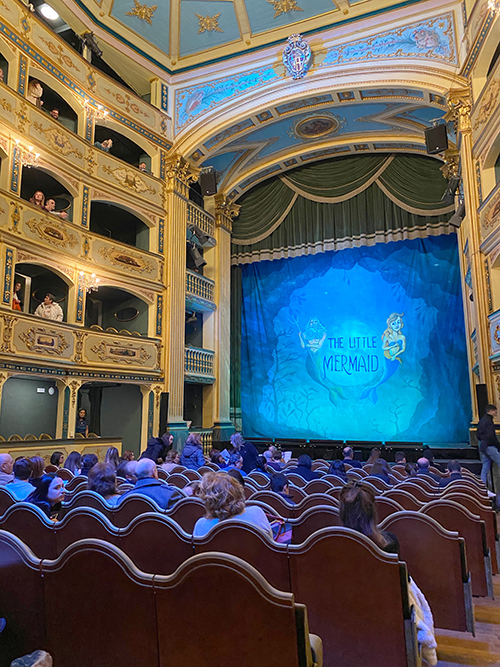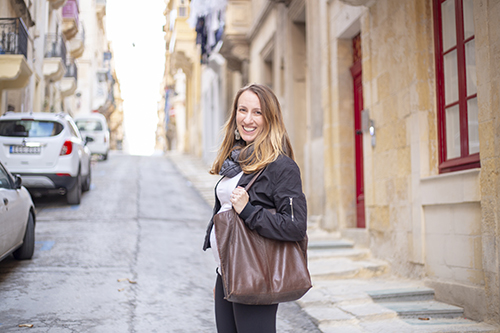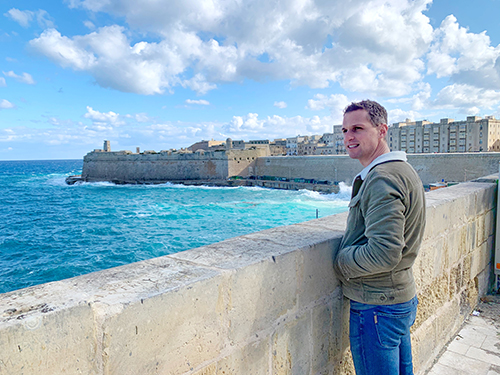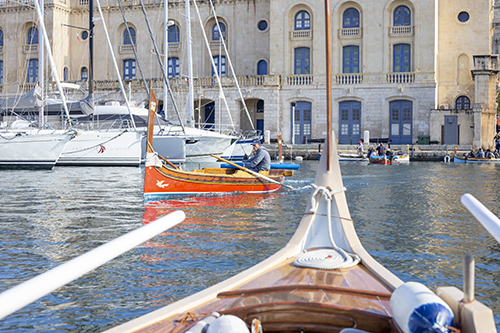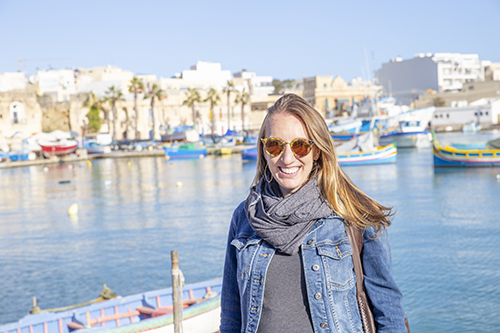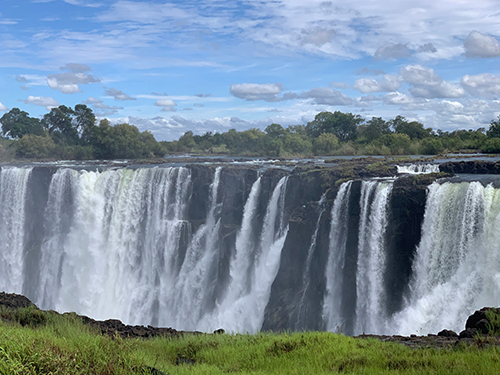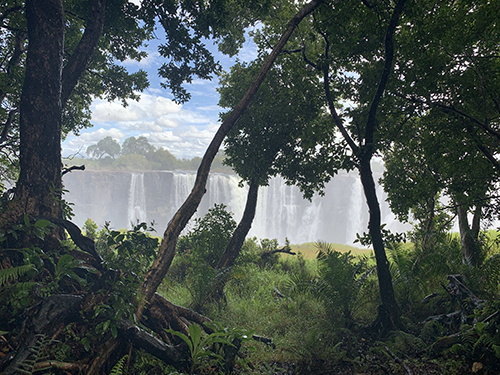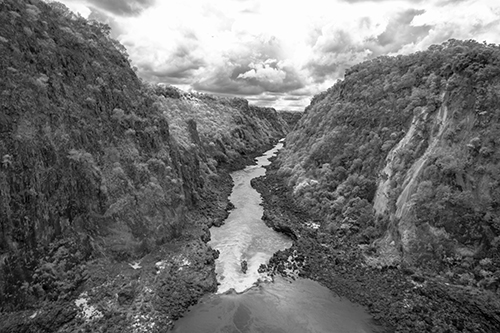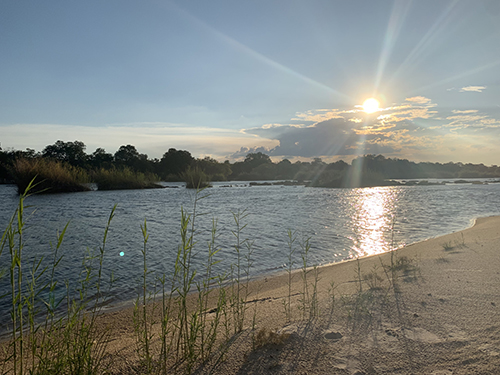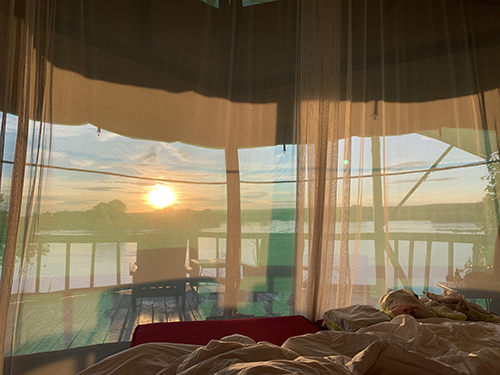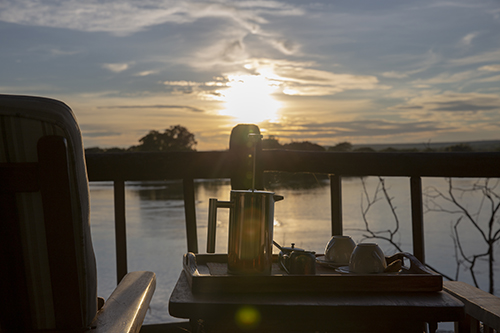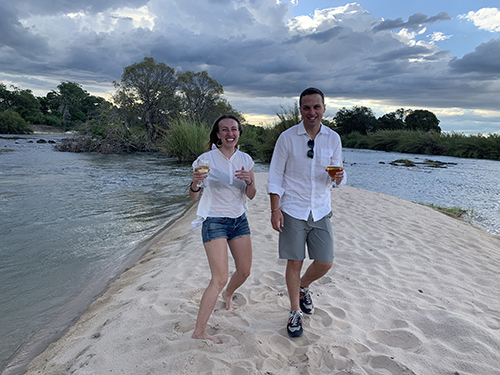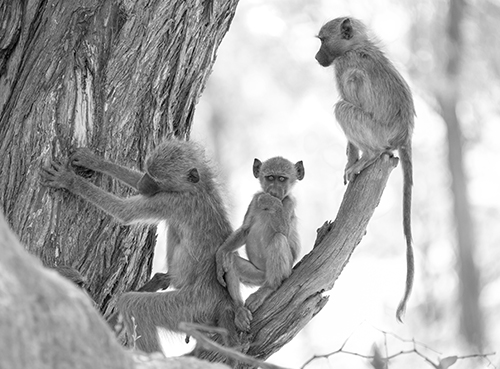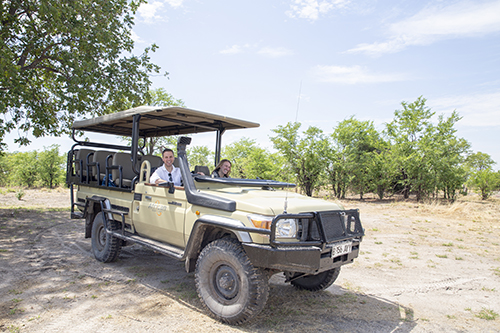We knew getting to Oaxaca would be a stretch. After weeks of very deliberate packing, we woke at 4am to board an early morning flight to Mexico City. We were prepped with toys that suctioned to seatbacks, magnetic puzzles, and an Instagram-recommended snack box that doubled as a matching game. Paw Patrol had been downloaded and lollipops acquired for takeoff and landing. The first flight was long, the layover nearly five hours, and the second flight was delayed, but we made it. We were met in Oaxaca by twinkling lights. I swooped up E and told him I was so so happy we were in Mexico and we laughed and at that moment, the trip had begun.

The boutique Pug Seal hotel would be our home for the next few days, and we immediately fell in love. Despite E falling off a chair at breakfast and securing a black eye that persisted throughout the trip, I’d categorize our first breakfast as a delightful surprise. The food was superb and we had our first glimpse into Shiloh’s zest for anything edible that lay before him. Emerson embraced the swings and Shiloh tried endlessly to crawl into the water, and the staff couldn’t have been nicer, constantly accommodating Emerson’s request for freshly cut apples from the bowl he could reach.



Our tour guide Coco picked us up from the hotel to guide us through the streets of Oaxaca for our city tour. Emerson filled his cup with water as we exited the hotel, enthusiastically embracing the day… until we got outside. The streets were bustling with people, crowded, bumpy, colorful, and loud. Everything was new. Emerson’s response to the overstimulation and overwhelm was to fall fast asleep in his stroller almost immediately. Shiloh, on the other hand, had an energizing response to the sensory stimulation and refused to sleep. Oaxaca was gorgeous and bustling. We wandered through two markets, one more known for buying ingredients and the second more known for buying prepared food. We (Shiloh included, of course) tried cheese and pastries and fresh juice and tortillas. When Emerson awoke, we wandered to a mezcaleria for churros. Away from the crowds and in the oasis of quiet, Emerson finally began to come alive and Shiloh fell fast asleep.





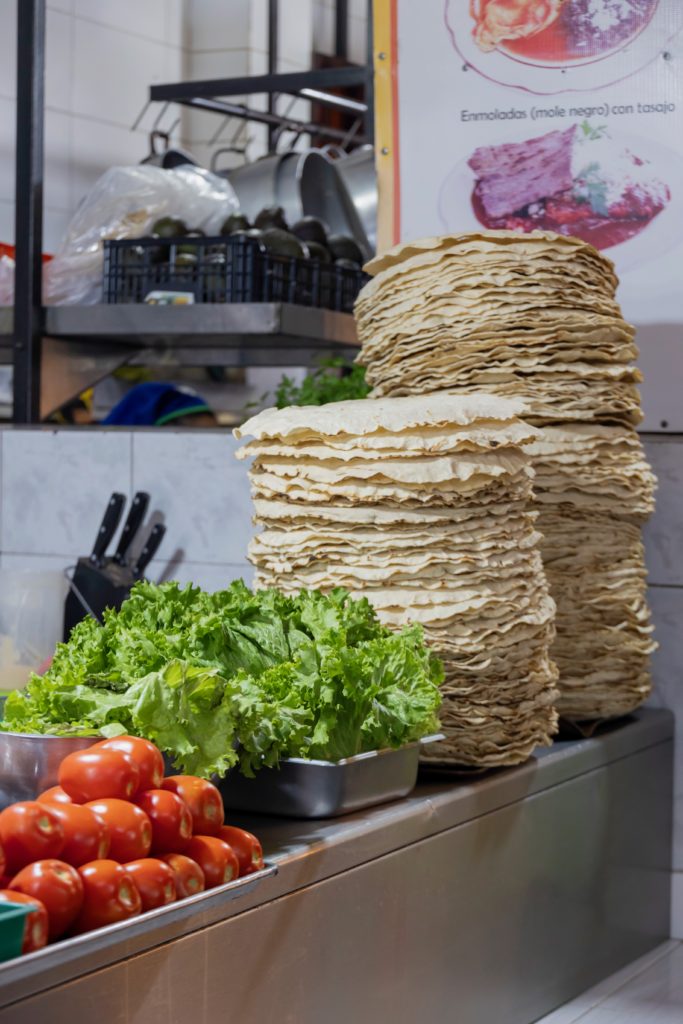
As we continued wandering through the streets, we ran into a wedding parade in the streets. Oaxacans, Coco explained, like to celebrate publicly, loudly, and with mezcal. Coco also shared that Oaxacans love to protest publicly (presumably also loudly and with mezcal). On this day, Coco explained they were celebrating a protest that happened long ago, where field workers carved sad faces into radishes as a way to protest their pay and ruin the radishes. Today, the annual Radish Festival draws crowds to the center square where various artists work all day to carve intricate scenes into radishes to display at night. By sunset, the radishes have begun to brown and are destroyed.



As E and I sat on the swings that night, I told him that my favorite part was the way the courtyard of our hotel opened to the night sky. He said, “Not me. For me, my favorite part is all of Mexico”. By the end of the day we were fried, so ate one of the literal best meals of our lives from Levadura de Olla Restaurante as quickly as possible (typical Americans) and fell fast asleep.





